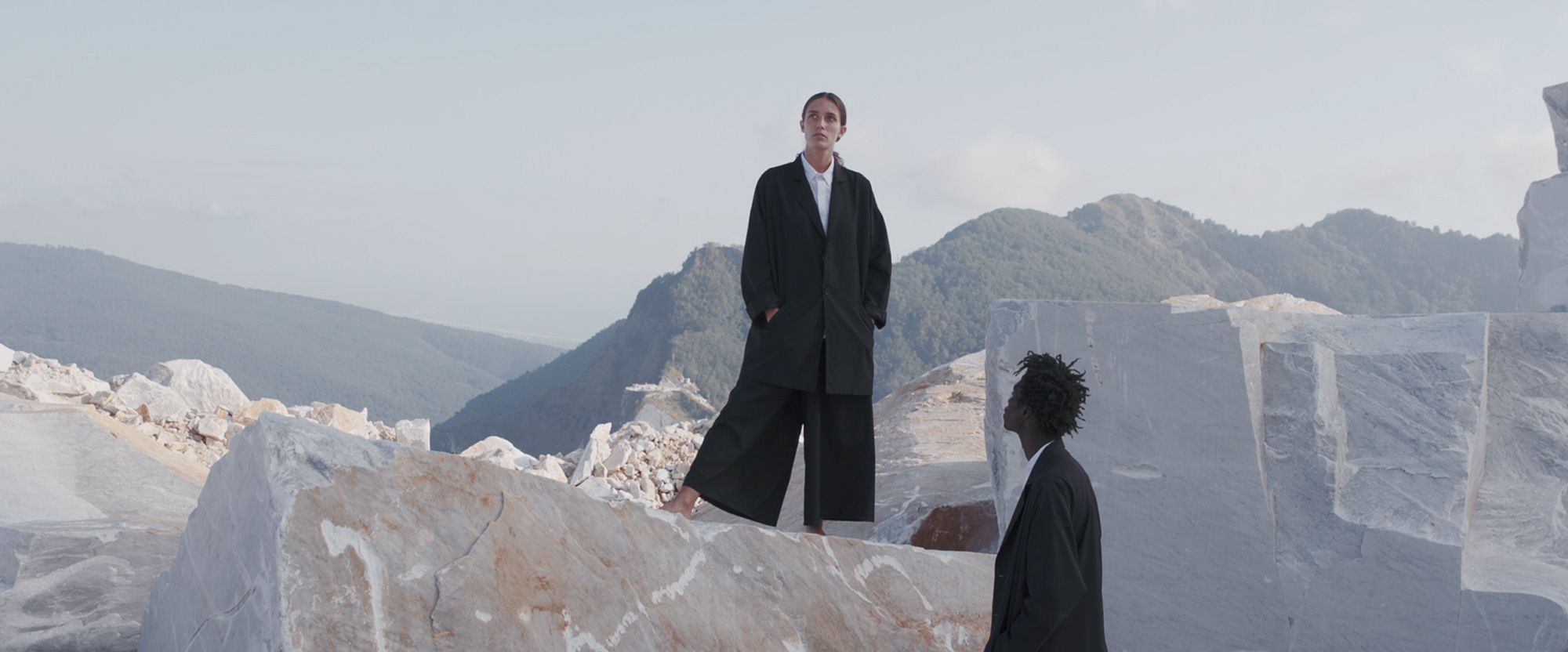
Set in of the moonlike space of Italy’s Carrara caves, Enrico Poli’s new fashion film M O N O – Y seeks “to define a union and an identity between a man and a woman, between black and white, between two lost souls”. Enrico tells Directors Notes why he was keen to reprise his partnership with fashion designer Antonio Labroca, and how the two of them worked to strike a balance between remaining loyal to the aesthetics established in their first collaboration, whilst conveying a progression of style in both the new M O N O – Y collection and their filmmaking.
M O N O – Y is first of all the result of an encounter between a filmmaker and a fashion designer, two creatives, two friends that like to call themselves artists. Antonio (the designer) and I were discussing the creative idea for this film as we both are fascinated by the interaction between bodies and spaces. For our previous film Laborator-Y we had used an urban poetic location – Opera di Firenze – with very squared lines and rigid geometry. It was a very effective way to mirror the idea behind the brand. Antonio wanted to show us how although we all have to comply to the rules imposed by society, there’s a lot of latent individualism within us. The younger generations feel the need to get over their frustrations and it’s interesting how we managed to portray this contained rebellion aesthetically. Dance is indeed a powerful way of expression and it served very well the purpose on our first work.
For M O N O – Y we wanted to communicate an evolution in the brand and a step forward in our reflections. We decided not to use the dancers as we didn’t want to give the impression of replicating our previous concept. This was also decided as a consequence of an improvement in our technical instruments and crafts. We knew we could make a stunning piece, but we were also concerned with creating something meaningful. In the first phase of our brainstorming we were still convinced to use an urban landscape – we wanted to evoke Tokyo or Seoul and that kind of alienation in the characters. Then Antonio came out with this brilliant idea of shooting in the marble caves, in Carrara, and everything fell into place straight away.
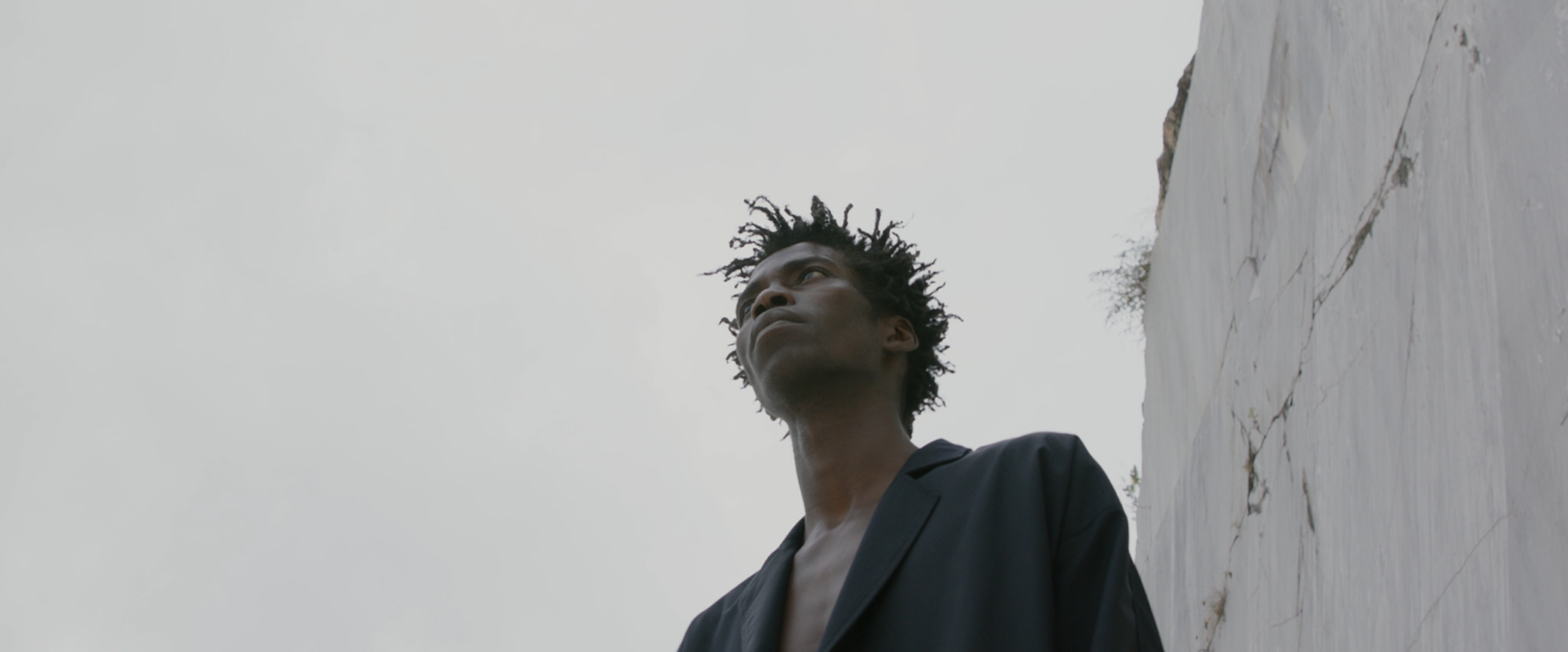
The squared marble landscapes of the caves created an aesthetic link to our previous work, though suggesting at the same time that there had been an evolution in our approach to the narrative and, ultimately to Antonio’s approach to his new line. We went scouting on a sunny afternoon in August and it was quite clear that there was an amazing visual potential. We wanted to develop a longer format, a short film with a proper narrative, though unfortunately budget restrictions forced us to shoot the whole film in one day. We decided then that the film was going to communicate a story using an aesthetic language, playing with the grammar we all have acquire by watching films and many video formats. Our main work was therefore to translate Antonio’s original intention towards his new line into the cinematic language. In the end, we wanted to generate a poetic feeling of liberation in the viewer and I think in this sense we have probably succeeded.
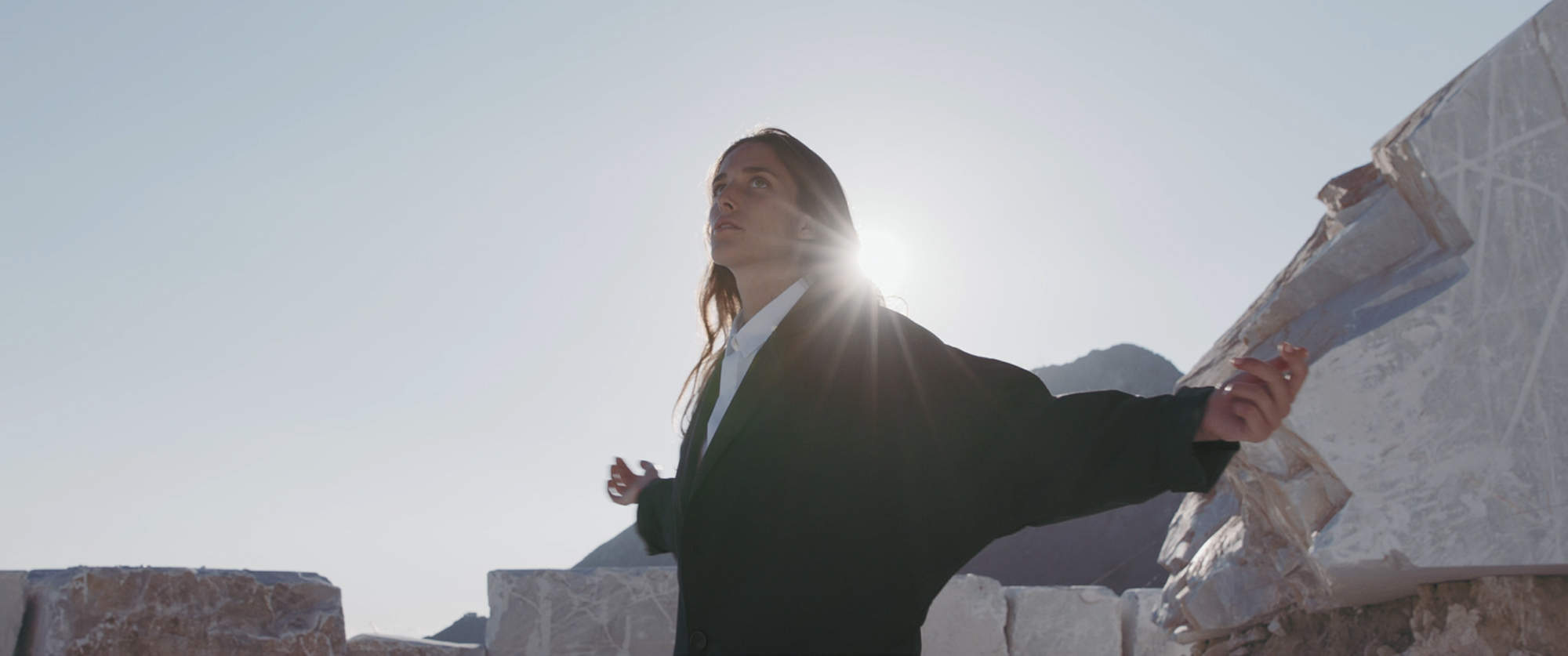
The biggest challenge I faced in this project was indeed the desire to create a sense of narrative in a film that didn’t necessarily need it. To some extent we could have got away with a sequence of nice images of the two models even though my instinct was telling me that this film could have been much more than a simple ‘slideshow’. Again, I wanted to convey a meaning within the images and to use a language that could translate the artistic intention behind the creation of the clothing. There was also a ‘technical challenge’ in the whole operation, for due to budget restrictions I had to also direct the photography of the film and it was officially the first time I took care of color cinematography on a high end camera.
I wanted to convey a meaning within the images and to use a language that could translate the artistic intention behind the creation of the clothing.
We shot the film on the Arri Amira using Canon Photograpic Lenses for, as often (always?) happens, we were working on a very tight budget and had to make some choices. We thought we might have benefited more from the amazing sensor of the Amira (the same sensor as the Alexa) than from better lenses applied to a less interesting sensor (e.g. Canon C-300 or Sony A7s). At the end of the day I’m quite convinced we made the right choice. Since my approach to filmmaking has always been highly emotional and instinctive, I was extremely glad to be able to understand the scene just by looking in the viewfinder.
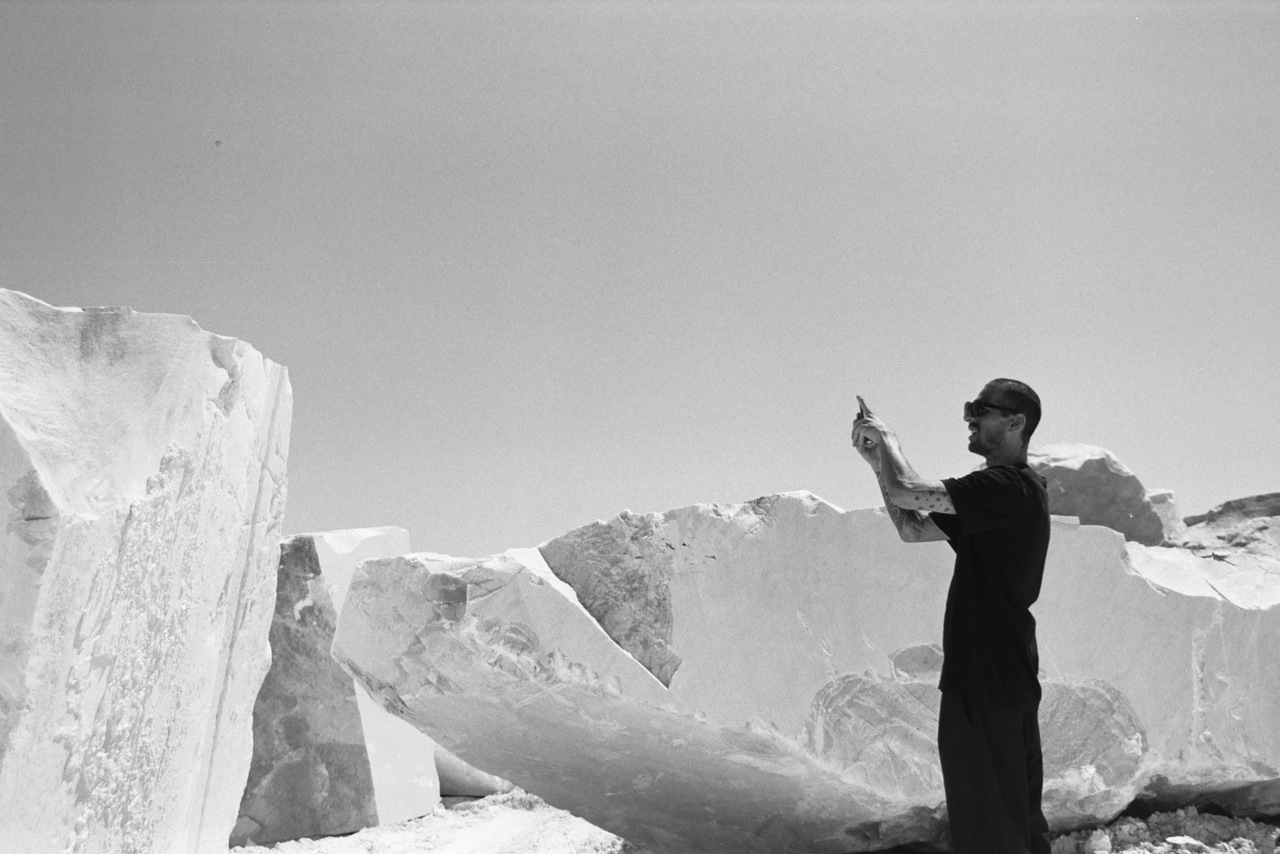

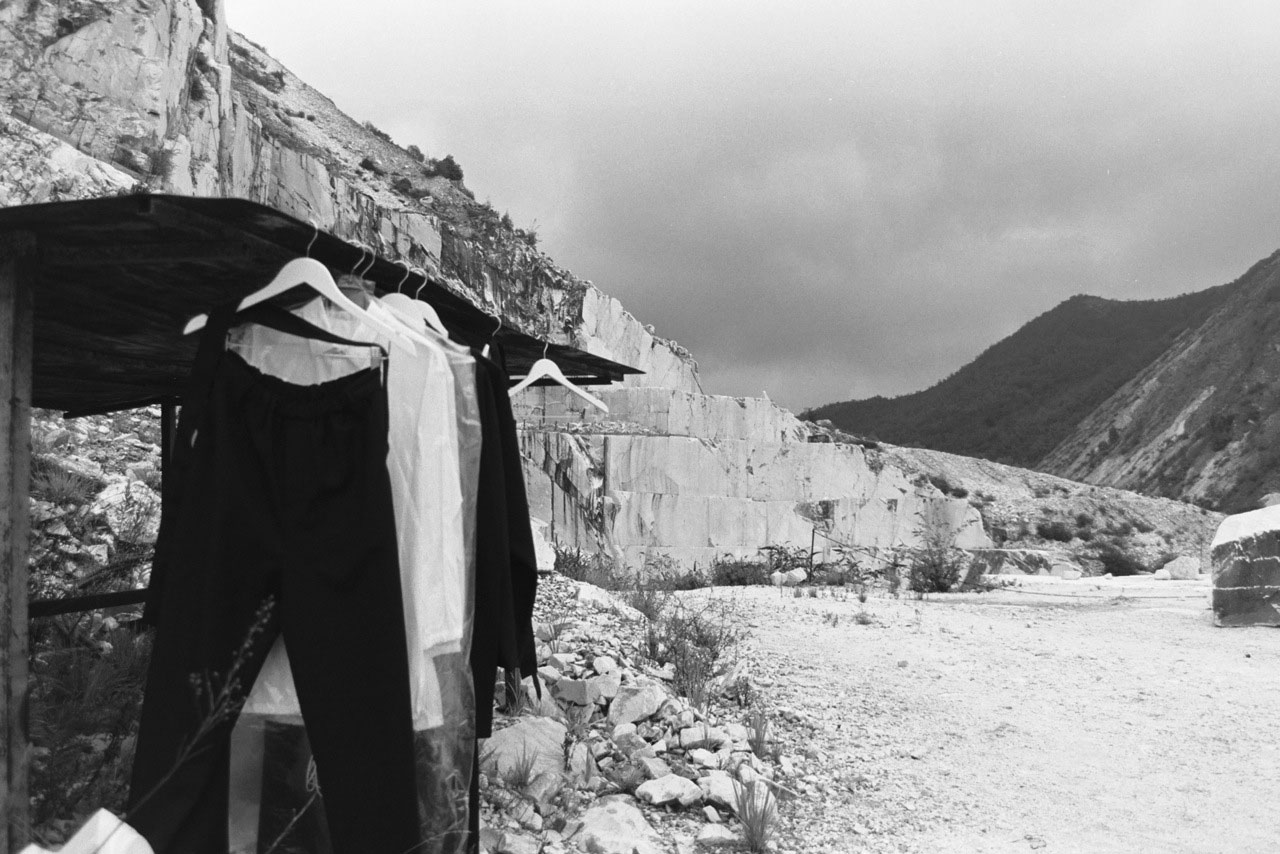

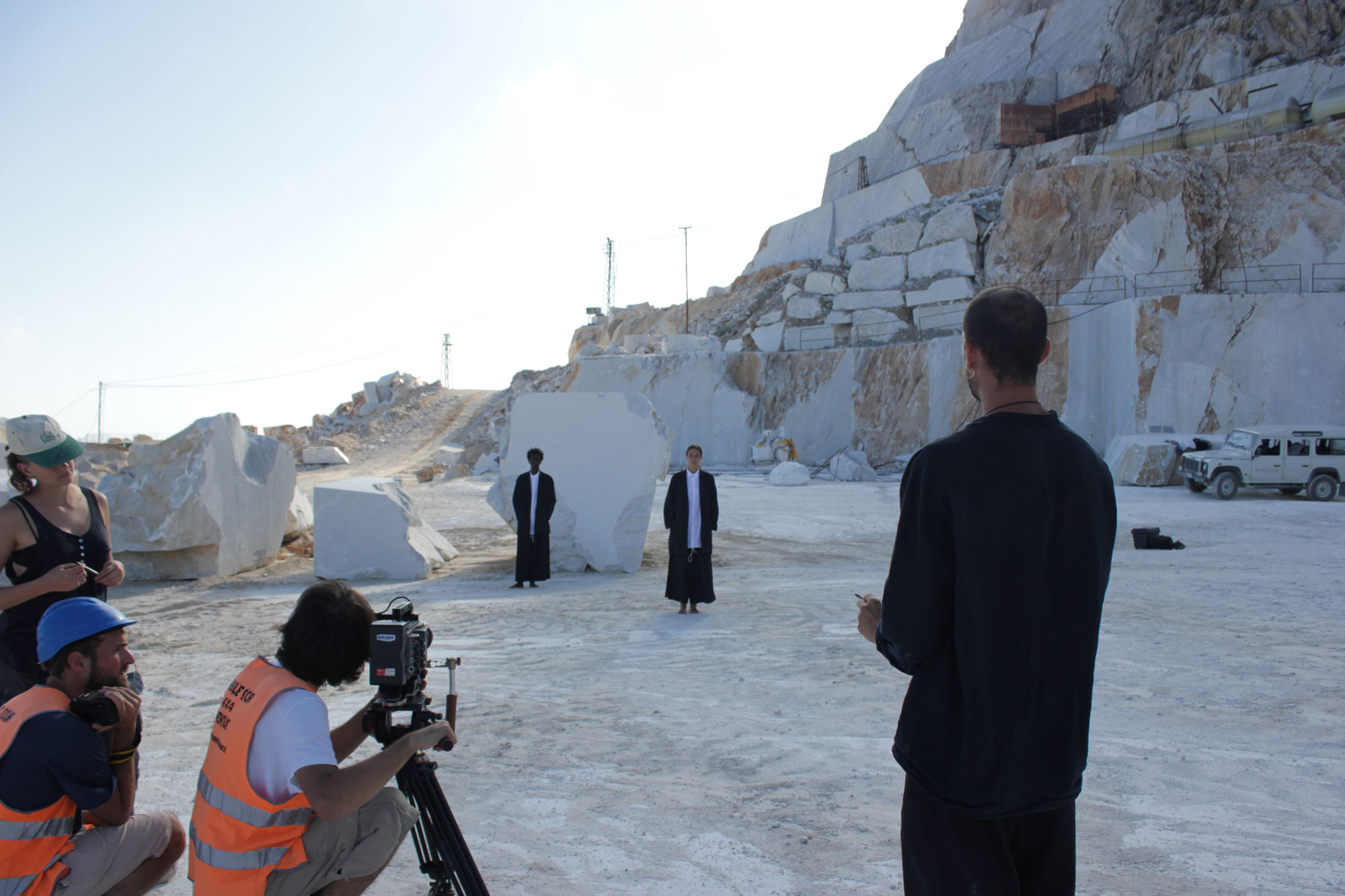
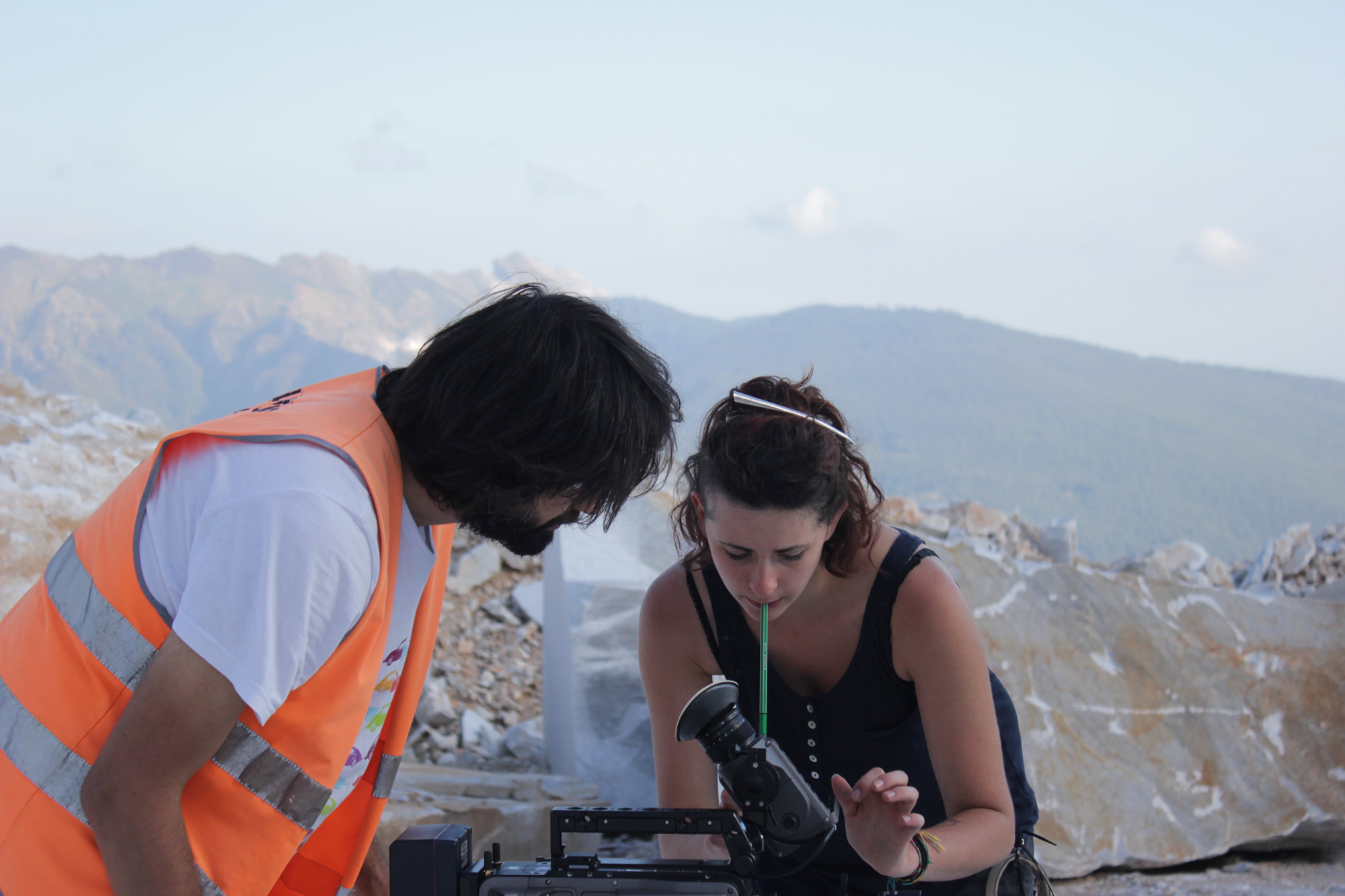
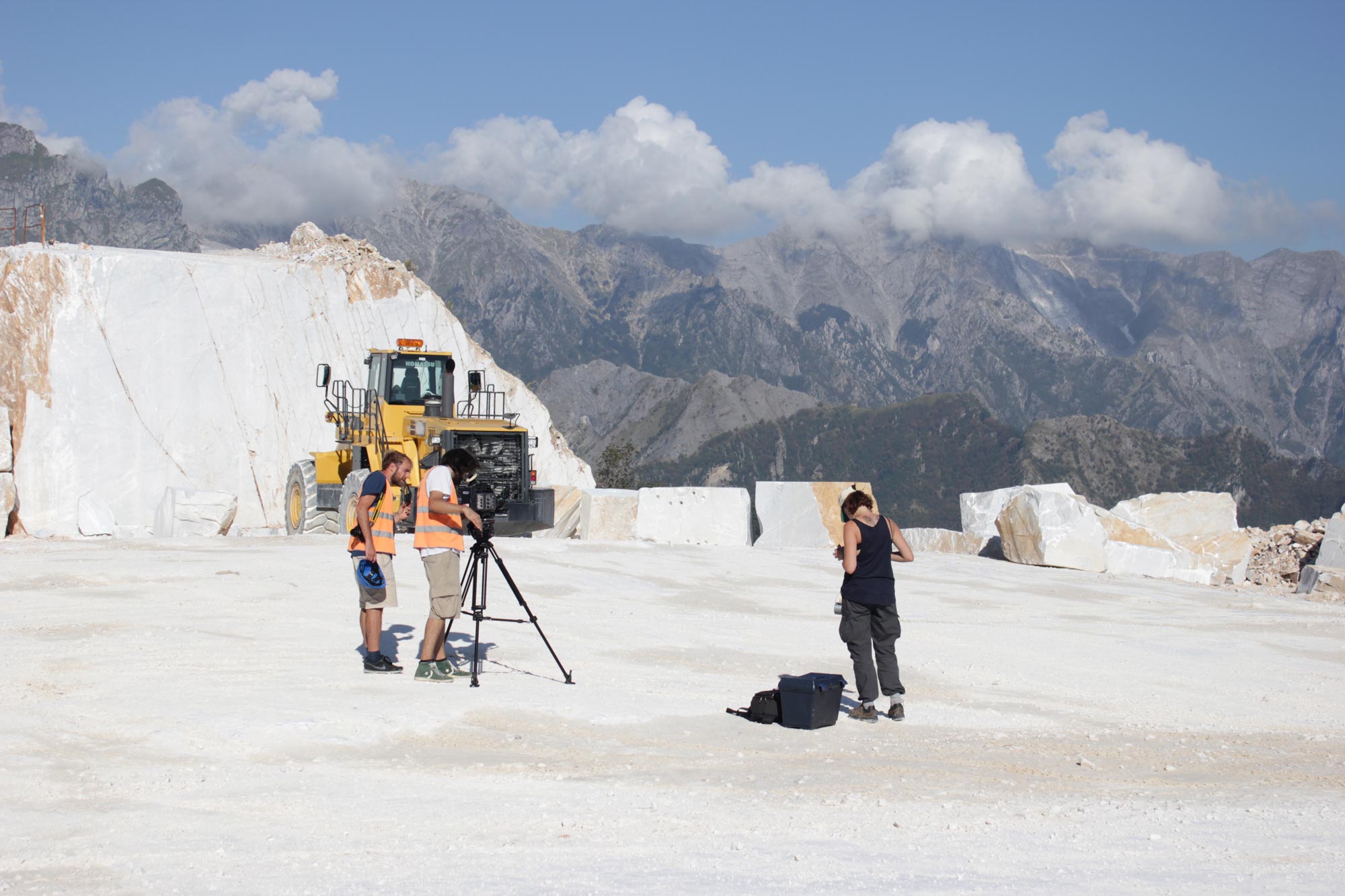
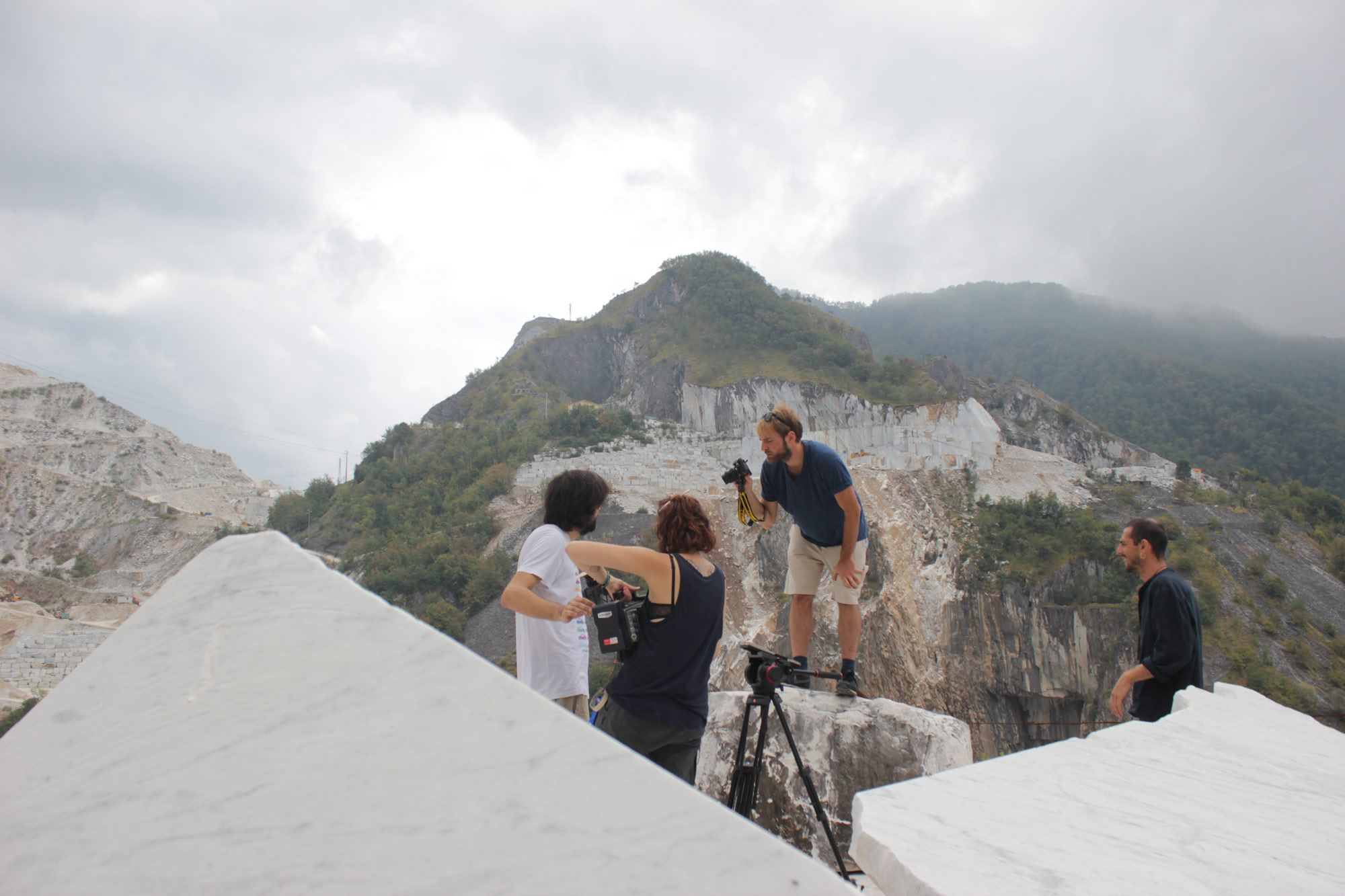

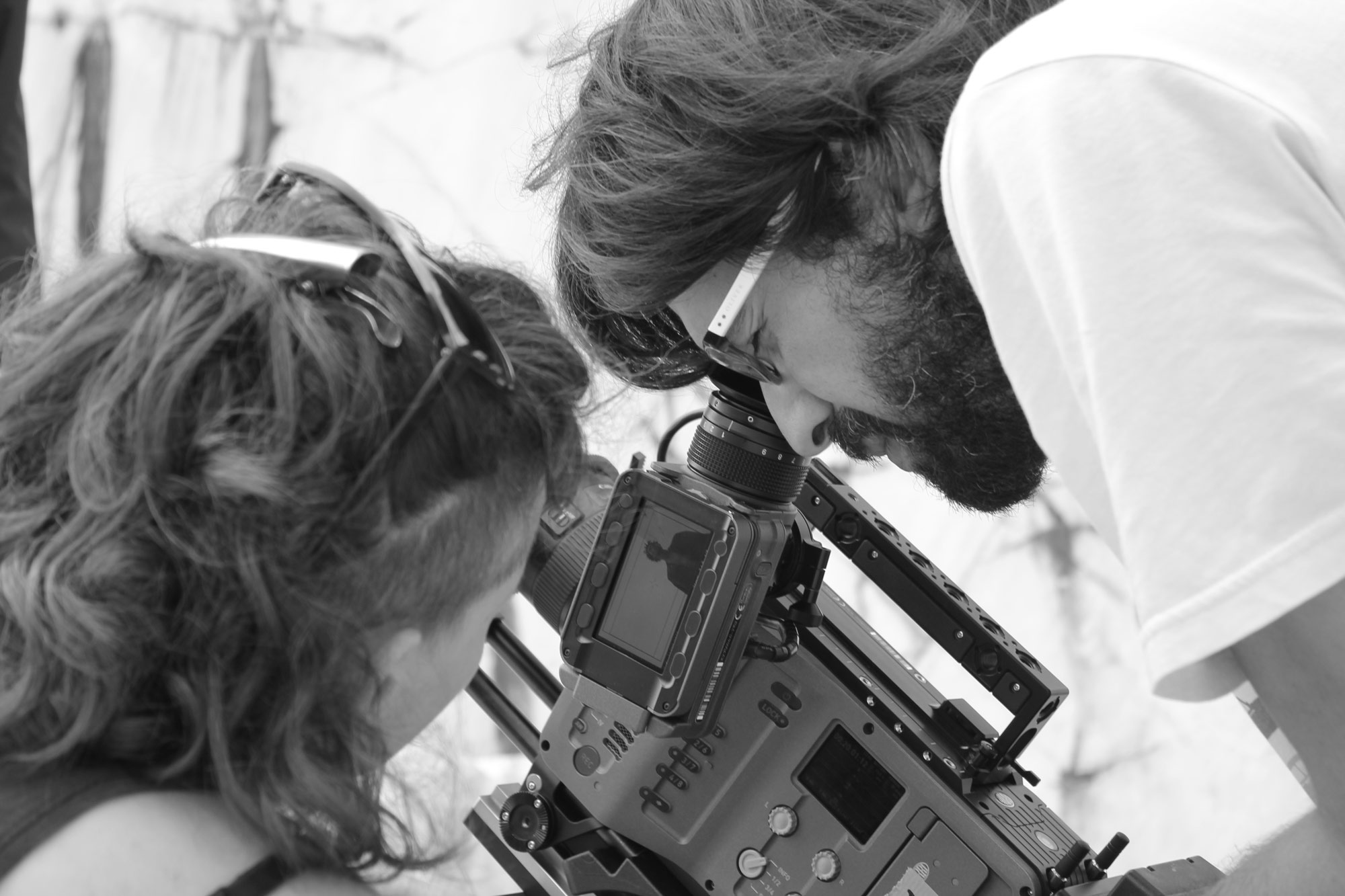
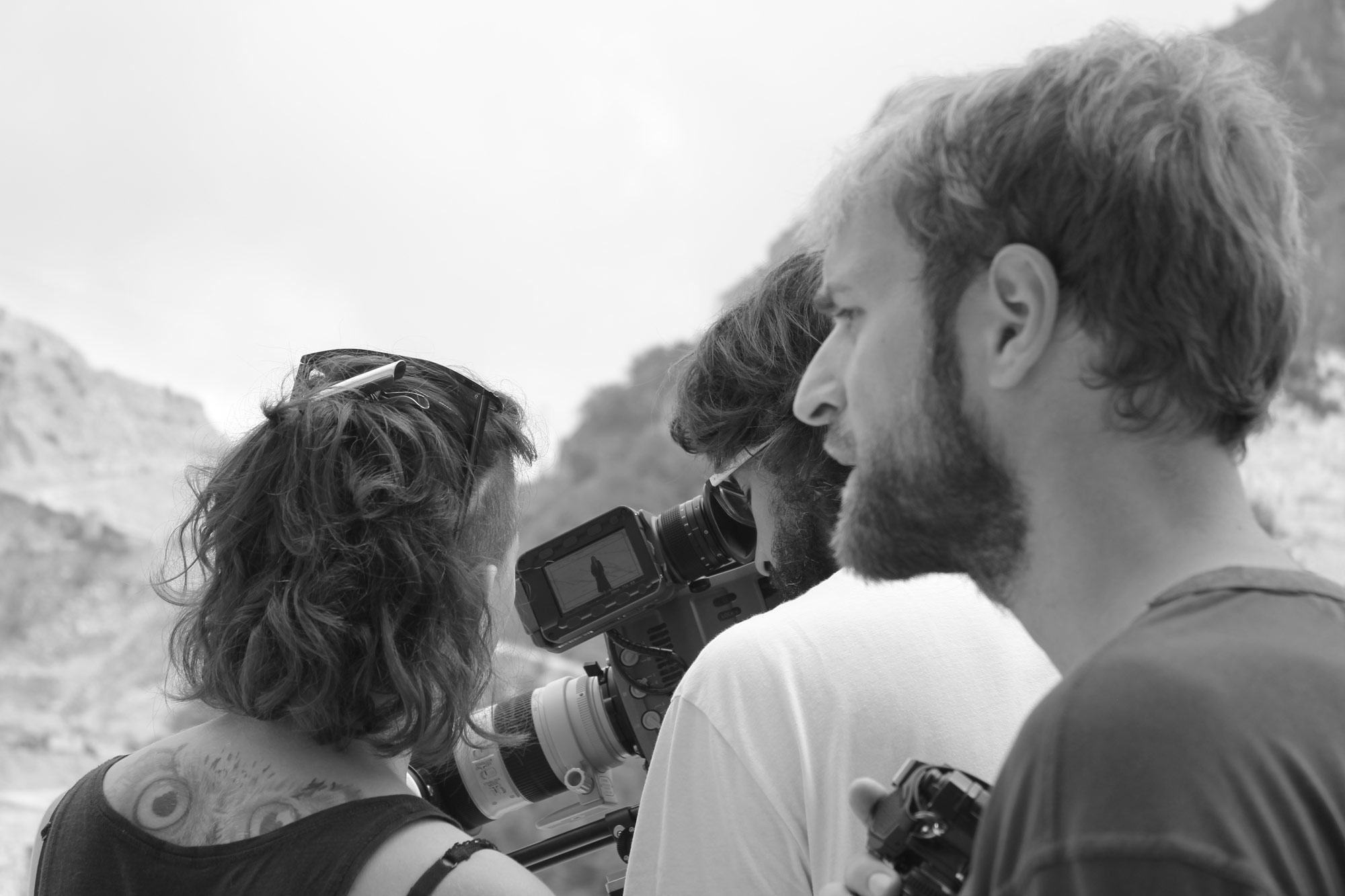
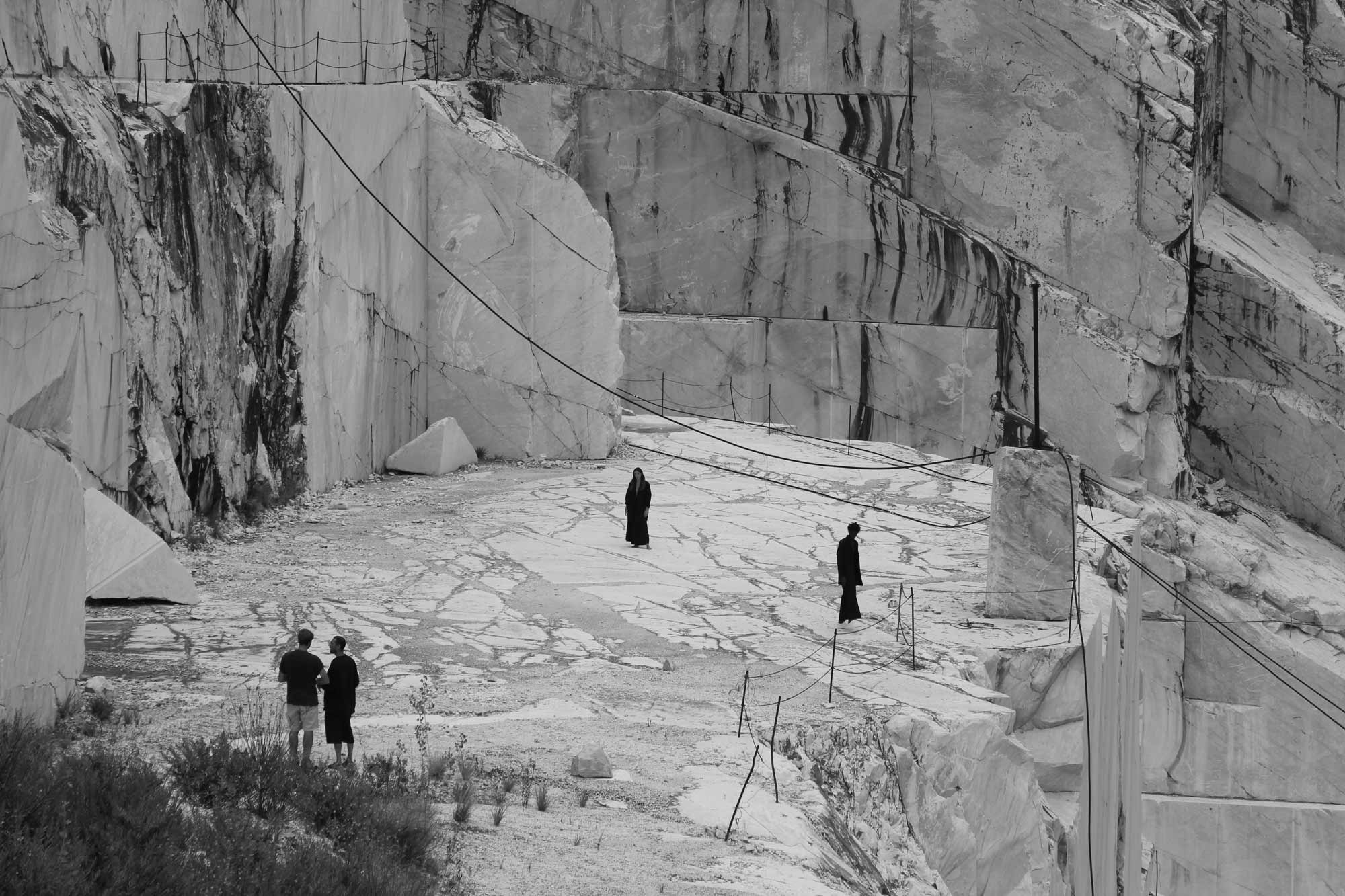
Initially my Producer Chiara Giavarini was looking for a good director of photography, though we couldn’t offer an appealing fee. We had to shoot during the third week of August to fit in with our schedule (a very delicate time in Italy, as everyone is on holiday) and since we’re both based in London, we didn’t have established working relationships to reach out to. The shoot was getting closer and at a certain point we understood it was much easier to find a camera operator with kit than a D.O.P. and that’s why I decided to direct the photography myself. We knew from the beginning that we would film entirely in natural light and I knew I could control that kind of cinematography. We found a brilliant camera operator (Lamberto Mongiorgi) with access to an Amira, who understood very quickly what I was aiming for in terms of framing, exposure and perspective. We ended up developing the cinematography together. We shot on spherical lenses (mainly 24mm, 28mm and 35mm) keeping in mind a 2.39 ratio to give to the film a cinematic look although we obviously couldn’t afford to shoot on anamorphics. During the recce I specifically checked the position of the sun in relation to the different parts of the caves at different hours during the day, in order to achieve the best possible natural light for each scene.
We wanted to create an incredibly beautiful and poetic piece and we had really high references – mainly Antonioni’s Zabriskie Point and Malick’s To the Wonder . Unfortunately, since the marble caves in Carrara are a working place and it can be dangerous to walk around the big walls without professional supervision, our time on set was very limited – we had to shoot everything within 8 hours. We decided to establish the setting and the atmosphere in a lower – and safer – cave (Cava Romana) that has free access and is positioned at the level of the street (that we’ve obviously tried not to reveal in our angles). We then move to the high points in the mountain to feature all the stunning landscapes that appear in the final cut. We worked with a super-light crew, moving very fast and managed to cover three different caves.
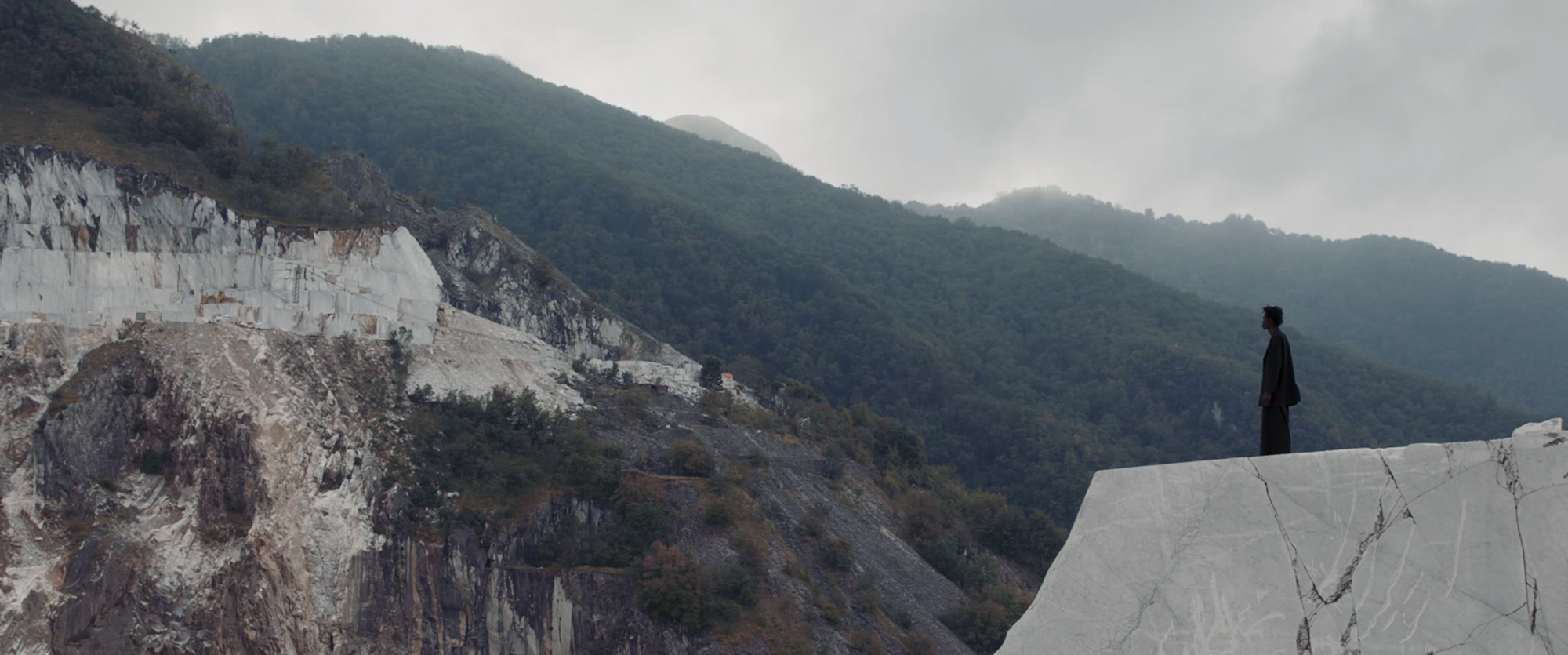
In early December I will release my third narrative short film, titled The Future. It tells the story of a surreal encounter between a man and a woman, at night, in the swimming pool of a hotel. It was a great adventure that I have shared with my Producer Angelica Riccardi and Production Manager Cecilia Viriglio since July 2015. The film was shot last May in a stunning swimming pool in the South West of London. It’s shot on Alexa Plus on Primo Anamorphic Panavision Lenses (D.O.P. Oliver Ford) and it features three amazing actors: Ian James Cameron, Valeria Vereau (also lead actress in my previous short, Closure) and Chris Nightingale. In the meantime I’ve finished writing my third feature film script and I’m about to start the fourth. I’ve also written two more shorts that I plan to shoot next year.


